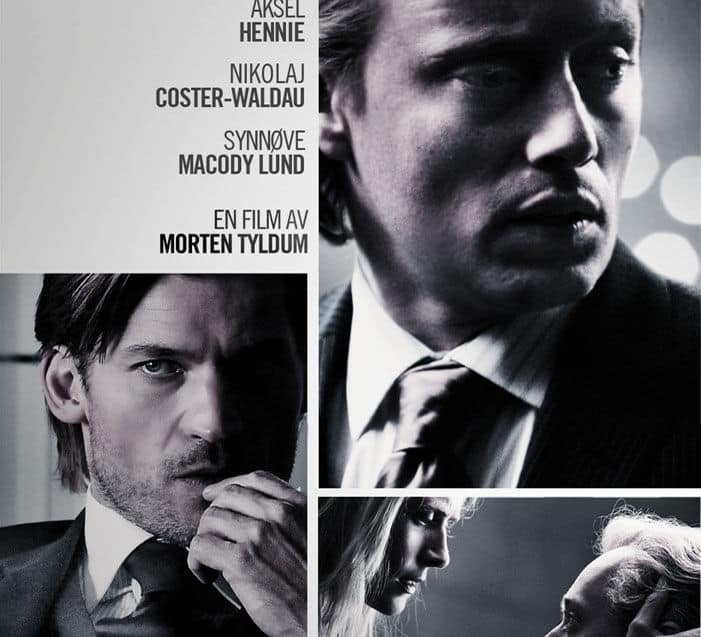

A good detective novel has recently gained a great position in the Scandinavian literature. The Millenium series written by Stieg Larsson initiated the first spectacular success. Soon after him, Jo Nesbo achieved a success as a Norwegian decade of discovery. His last novel Hodejegerne (English translation: The Headhunter) was published in 2008 and adapted for film in 2011.
The Norwegian headhunter is described as a person with a good reputation, who had everything. He had fame and work success. He employed the highest manager class for leading international corporations. He had also a beautiful wife, who managed the exclusive gallery in Oslo. The extravagant lifestyle of the main character and his wife made the adrenaline shortage and a hole in budget. Thanks to the casual work, he could fulfill his needs. This work was untypical, because he was stealing works of art. Because of his work, he took part in social meetings with famous and rich candidates, who were often the owners of very valuable paintings.
His wife introduced handsome client Clas Greve to him, who is the owner of one of the valuable Rubens’s paintings. In this case the headhunter noticed the chance of overcoming all financial problems. When Roger was planning his spectacular theft, probably the biggest one in his life, he didn’t expect that his opponent would be so though and crafty. He didn’t expect also that his problems would turn out to be more serious than the threatening bankruptcy.
Roger seemed to be unkind and arrogant. He had to face with charismatic and rich Dutchman and Norwegian’s son, who…
This film doesn’t look the same as it seems. There might be sometimes an impression of an illogical plot, however every other surprising scene is prepared in reasonable but cold manner. It is just a clever movie, which will surprise people by unexpected twists and interesting personalities.



